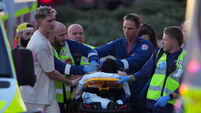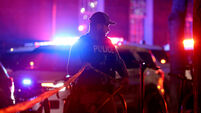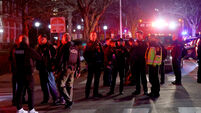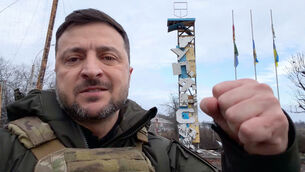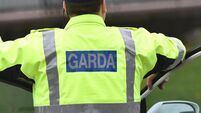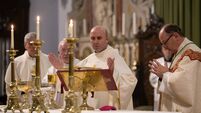Death toll to rise as disaster ‘wipes out generation’
The roads to Pakistani- controlled Kashmir the area worst affected by Saturday's 7.6 magnitude quake were blocked by landslides. Power and water supplies were down, hospitals and schools destroyed.
A senior official said the quake had killed between 30,000 and 40,000 people in Pakistan and injured another 60,000.







